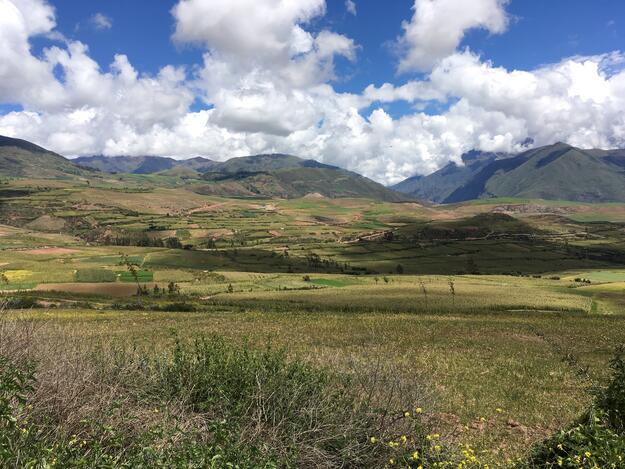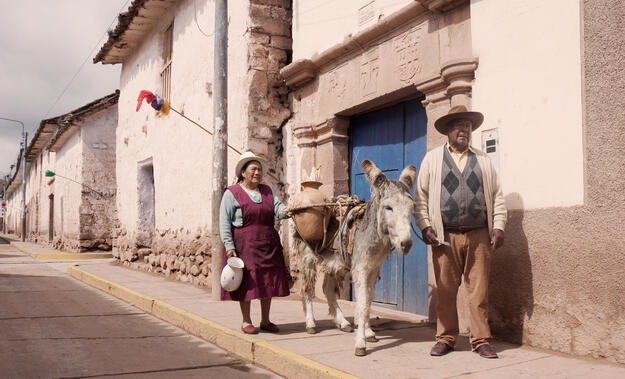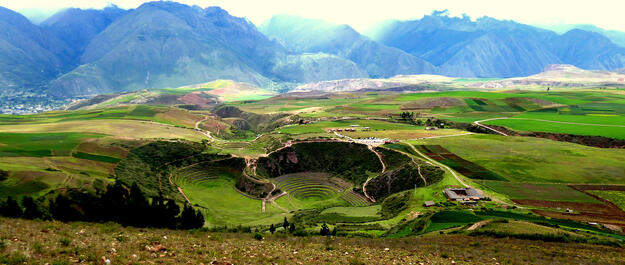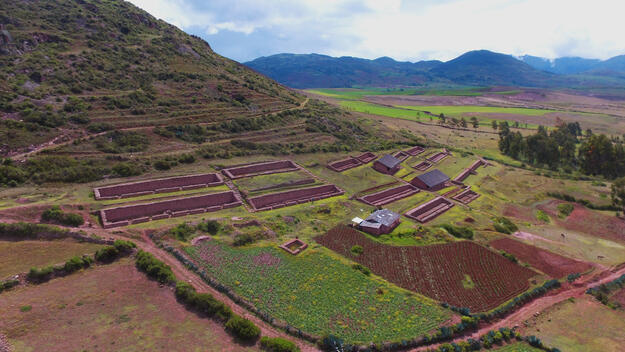Sacred Valley of the Incas
Site History and Significance
Tangible Remnants of the Inca Empire
The Cusco region attracts around 1.8 million visitors annually, many of whom are on their way to visit Machu Picchu. The iconic royal retreat is the best-known tangible remnant of the Inca Empire, which arose out of the Andean Plateau near Cusco and grew to encompass most of the Andean highlands. The Sacred Valley of the Incas envelops a fertile agricultural and cultural landscape, punctuated by small villages of Quechua-speaking communities and dotted with the surviving remains of great Inca family estates.
Plans for a New Airport Threaten the Valley
Since it was first proposed in the 1980s, the vision of a new, modern airport in the Sacred Valley has been a topic of discussion in the regional capital. It was argued that this new airport will overcome many of the limitations of the current airport, and would make it possible for international tourists to visit the region without a necessary stop in Lima, the national capital. Following several false starts, the project is now underway.
While the material benefits of a new airport have been touted, there has been little attempt to account for its social costs and impact on the landscape. The airport would be located in the plain outside Chinchero, an Andean market town of 10,000 that sustains an indigenous culture amid ancient Inca structures, including Inca ruler Topa Inca Yupanqui's personal royal estate and a sixteenth-century colonial church. A portion of the land was bought from Chinchero’s three peasants’ communities (Yanacona, Ayllopongo, and Rachchi Ayllo) by the regional government and transferred in 2013 to the Peruvian Ministry of Transportation and Communications. The revival of the project has fueled land speculation and the unregulated growth of hotels, businesses, and infrastructure, disrupting the communal ownership of land that prevailed in the Andes for centuries.
Saving Inca Culture
Archaeologists, historians, anthropologists, and other experts have raised the alarm about the physical impact of the airport on the material remains of Inca culture on the Chinchero plateau and on other nearby sites, such as Ollantaytambo, Moray, and Maras. An online petition calling for a radical rethinking of the project has collected more than 100,000 signatures. In 2019, UNESCO requested a heritage impact assessment from the Peruvian Government to evaluate the possible impacts to three World Heritage Sites in Cusco: Machu Picchu; the Inca road system, or Qhapaq Ñan; and the Historic Center of Cusco. Although the Heritage Assessment Plan has not been handed over, works are underway.
Our Involvement
2020 World Monuments Watch
The site's inclusion on the 2020 World Monuments Watch was a call to action for mitigating the impacts of a new international airport and ensuring the just distribution of benefits of tourism-based development. Through the Watch, World Monuments Fund (WMF) intends to continue the search for inclusive and equitable solutions to the development of the Sacred Valley.
In October and November 2020, WMF collaborated with Cusco's Regional Office of Culture to organize a talk on cultural heritage management and collective native communities' rights as well as a virtual forum on cultural heritage, tourism, and sustainability. Both events helped raise awareness of the threats to the Sacred Valley and encouraged collective action among its residents in order to reactivate tourism in the area.
These events were followed in February 2021 by a letter from WMF to Peruvian President Francisco Sagasti requesting that construction at the Chinchero airport is postponed until the heritage impact assessment requested by UNESCO in 2019 is approved and made public.
WMF's advocacy work continues alongside efforts to support a sustainable tourism plan for the village of Maras, which can demonstrate the careful balance of preservation against the economic benefits of tourism.
Learn More
World Monuments Fund safeguards cultural heritage around the globe, ensuring our treasured places are preserved for present and future generations.
Sign up for our newsletter to receive regular updates on our projects, stories from the field, upcoming events, and more!
World Monuments Fund's work at the Sacred Valley of the Incas has been made possible, in part, by support from the WMF Watch Fund.




